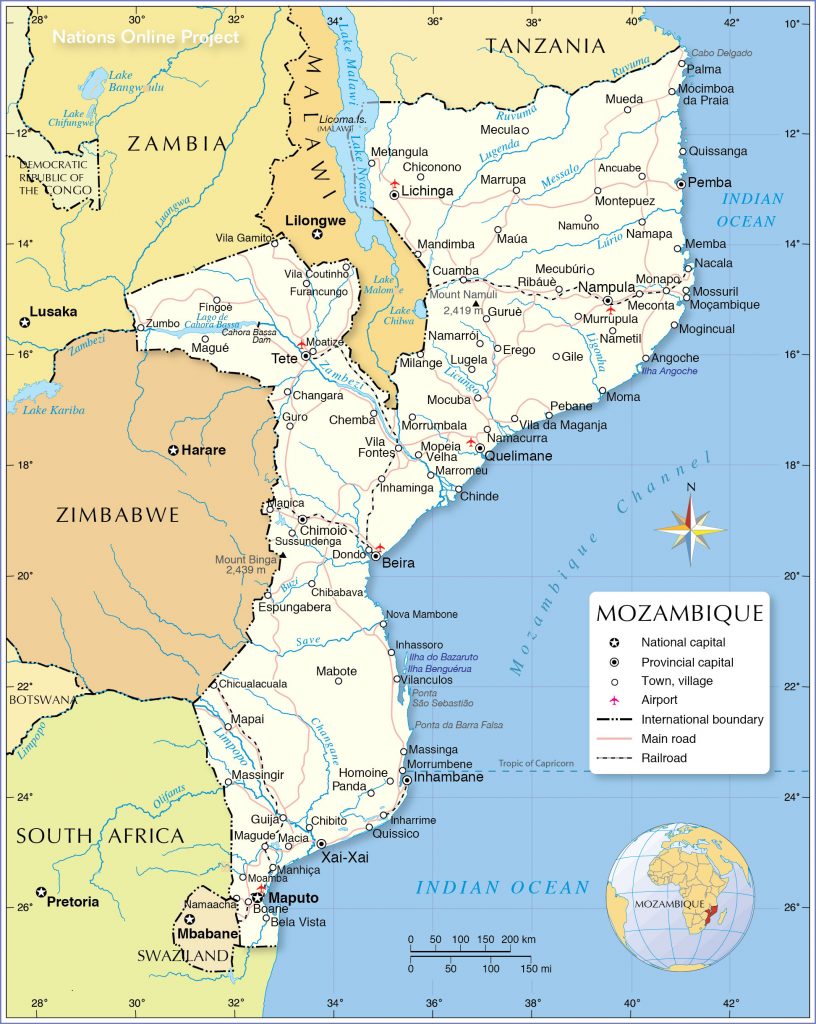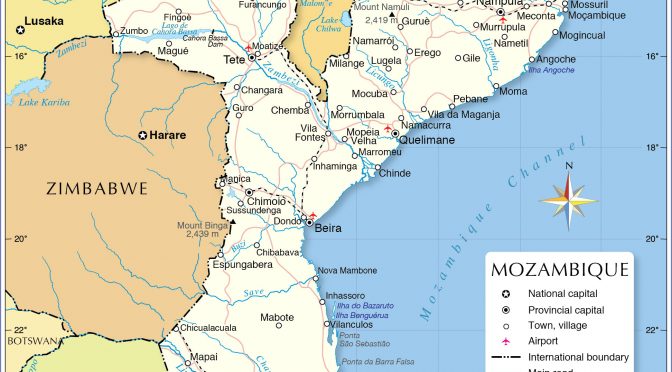Investors from Mozambique and the United Arab Emirates will move forward with the installation of a 125 MegaWatt (MW) photovoltaic solar plant in the province of Tete, central Mozambique, a project that will be submitted to public consultation this month.
According to the announcement of the consultation process, to take place on August 8 and 9, the Matambo Solar Project involves the construction of a photovoltaic solar plant in the districts of Changara and Marara, and a direct connection to the Electricidade de Moçambique (EDM) substation.

It represents a US$150 million investment by Mozambican company Hidropower and the UAE’s Amea Power and, according to project data, it should create 1,500 jobs during the construction phase and subsequently supply electricity to 150,000 families.
Last year, Mozambique had projects for 125 of MW solar power, of which 80 MW capacity was already connected to the grid.
Solar electricity production in Mozambique grew by almost 14% in the first quarter of this year, but still accounts for less than 0.5% of the total electricity produced, according to official data previously reported by Lusa.
According to the budget execution report from January to March, electricity production in six large solar parks in the country, and by other smaller plants, amounted to 19,688 MegaWatts-hour (MWh) in this period, compared to 17,328 MWh in the first three months of 2023.
Despite the growth in production, solar parks in Mozambique accounted for only 0.4% of total electricity production in the first quarter, of which hydroelectric plants produced 84.6%. (Cahora-Bassa hydroelectric plant produced 82.2% of total electricity production up to March, 2024.)
Mozambique plans to move forward with solar power plants in at least five parts of the country by 2030, estimating it will introduce 1,000 MW of electricity production into the grid and promising a “true solar revolution”.
“Accelerating this type of project to a larger scale is the simplest way to resolve Mozambique’s strategic dilemma after 2030: having to choose between green energy for export or supplying energy to industrial consumers,” Lusa reported the Energy Transition Strategy (ETS) as maintaining in February.
The new strategy, which foresees investments of around US$80 billion by 2050, also points to the development, in a first phase and by 2030, of “at least” 1,000 MW of new solar photovoltaic capacity in Dondo, Lichinga, Manje, Cuamba, Zitundo and other locations “to be identified”, and 200 to 500 MW of new onshore wind power capacity, namely in Lagoa Pathi and Inhambane.
“Large industrial investors requiring large quantities of green electricity should be encouraged, through a favourable business and regulatory environment, to develop large-scale solar and wind power projects,” the document adds.
By 2050, the objective is to have at least 7.5 GW of solar photovoltaic capacity installed in Mozambique and up to 2.5 GW of wind power capacity.
“To ensure price optimization and accelerate the expansion of solar and wind capacity, the Government should build on the Mozambique Renewable Energy Auction Program,” the principles of which introduced “competition in the awarding of renewable energy contracts”, the document states.
“The rapid growth of solar expansion in South Africa following the introduction of auctions is a regional example to follow,” highlights the ETS, also mentioning “long-term” initiatives.
Mozambique should, therefore, “continue to gradually develop the latest solar and wind generation potential to meet the growing demand for electricity”.
“A true ‘solar revolution’ will be needed to meet Mozambique’s growing consumption in a clean way,” the document concludes.
Source: Lusa


